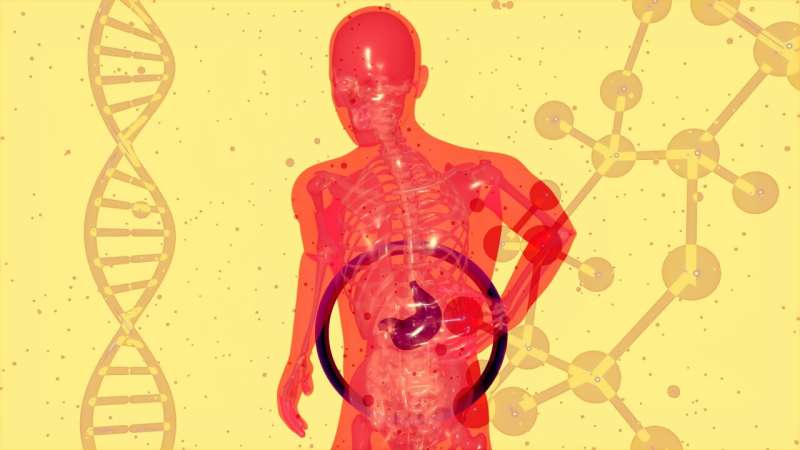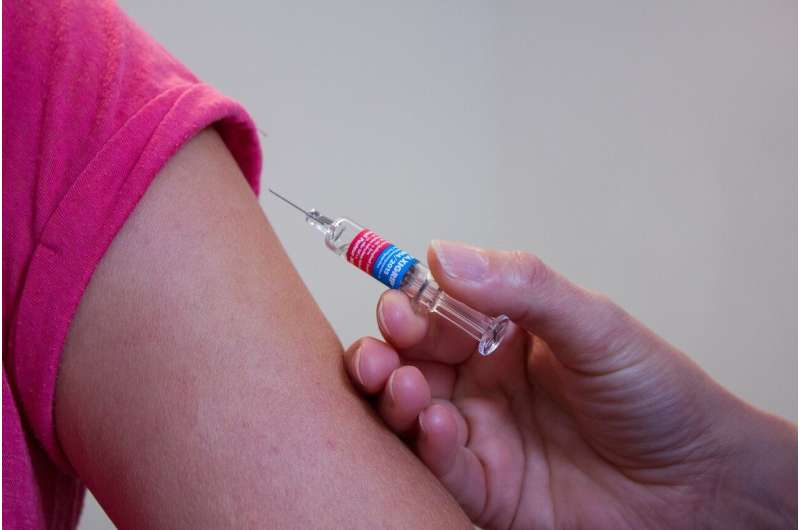AI Innovation Enables Detection of Fatty Liver Disease via Chest X-Rays

Innovative AI model analyzes routine chest X-rays to detect fatty liver disease, offering a cost-effective and accessible diagnostic method that could transform early screening strategies.
Recent advancements in artificial intelligence (AI) have paved the way for new, more accessible methods to diagnose fatty liver disease, a condition affecting approximately one in four individuals globally. Traditionally, identifying fatty liver requires specialized imaging tests such as ultrasounds, CT scans, or MRIs, which can be costly and less readily available. However, researchers from Osaka Metropolitan University have developed an innovative AI model that leverages routine chest X-ray images to detect this condition.
While chest X-rays are primarily used to evaluate the lungs and heart, they also inadvertently capture parts of the liver. This serendipitous overlap allows for deep learning models to analyze these images for signs of fatty liver disease. A study involving 6,599 X-ray images from 4,414 patients utilized controlled attenuation parameter (CAP) scores to train the AI. The model demonstrated high accuracy, with an area under the receiver operating characteristic curve (AUC) between 0.82 and 0.83, indicating strong diagnostic potential.
The integration of AI with commonly performed and affordable chest X-rays could significantly improve early detection of fatty liver disease. Professor Sawako Uchida-Kobayashi highlighted the potential impact, stating that developing such diagnostic methods using readily available imaging could enhance screening efforts and facilitate timely treatment.
This breakthrough was detailed in the journal Radiology: Cardiothoracic Imaging and represents a promising step toward more efficient and cost-effective liver disease diagnostics. As research progresses, this approach could become a routine part of medical assessments, enabling broader screening and better patient outcomes.
Source: https://medicalxpress.com/news/2025-06-ai-fatty-liver-disease-chest.html
Stay Updated with Mia's Feed
Get the latest health & wellness insights delivered straight to your inbox.
Related Articles
Scientists Discover Protein That Enables Liver Cancer to Survive Heat Treatment
Research identifies Galectin-1 as a key protein that helps liver cancer resist heat-based treatments, opening new avenues for improving ablation efficacy and reducing recurrence in liver cancer patients.
Understanding COVID-19 Vaccine Attitudes: Insights from Diverse Perspectives
A comprehensive study explores the diverse motivations behind COVID-19 vaccine decisions, emphasizing tailored strategies and respectful dialogue to improve public health efforts.
Rising Threat of Exotic Ticks Hitchhiking into the US via Travelers and Public Health Implications
Exotic ticks are increasingly hitching rides to the US via international travelers, raising concerns about the spread of tick-borne diseases and invasive species. Recent studies reveal the need for enhanced surveillance and public awareness to mitigate health risks.



